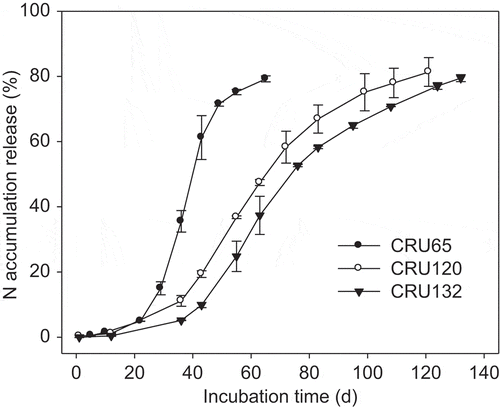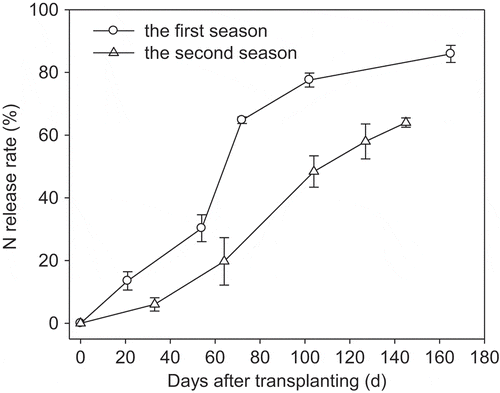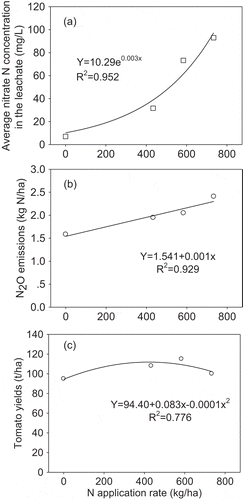Figures & data
Figure 2. Irrigation events and the soil temperature at 15 cm depth in the first season (a) and the second season (b).
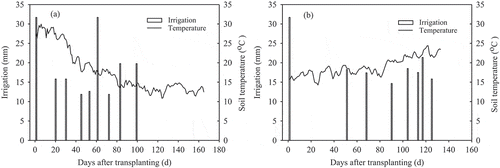
Figure 3. Nitrate N concentrations in soil water at a depth of 100 cm in the first season (a) and the second season (b). (The solid arrows represent N top-dressing only for CN treatment at 30, 61 and 83 DAT in the first season, and at 68, 90 and 104 DAT in the second season, respectively).
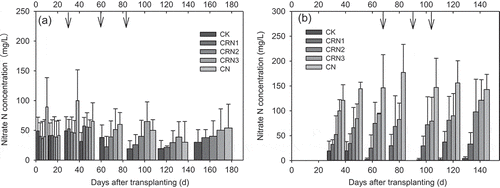
Table 1. Total N2O emissions in the seasons of 2012 and 2013.
Figure 4. N2O fluxes during the first season (a) and the second season (b) in a greenhouse tomato cropping system in Beijing, northern China.
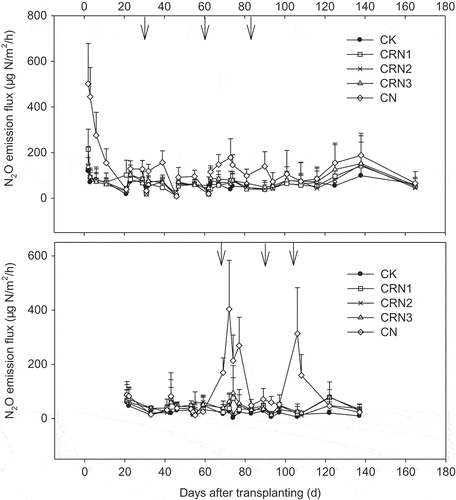
Table 2. Tomato yields in the seasons of 2012 and 2013.
Table 3. Nitrogen fertilizer and labor costs as well as income from fruits for the two seasons.
Figure 6. Mineral N dynamics in the 0–20 cm soil layer from seedling to harvest in the first season (a) and the second season (b).
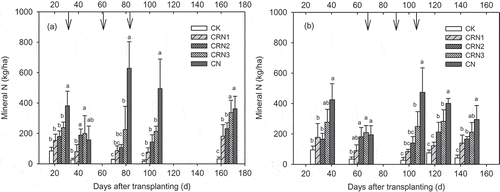
Table 4. Calculated apparent N surplus in the greenhouse tomato system in 2012 and 2013 in Beijing, China.

